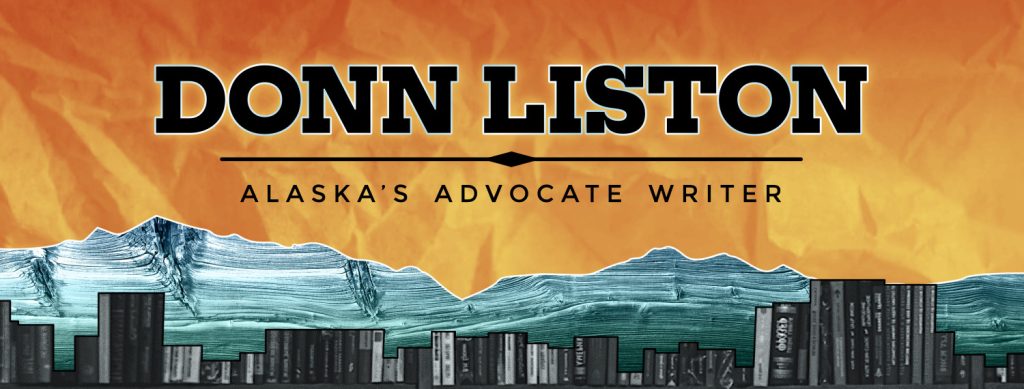Who Cares about Alaska Food
Sustainability?
WITH STORY UPDATE RESPONSE FROM ADF&G
(2020©donnliston.co)
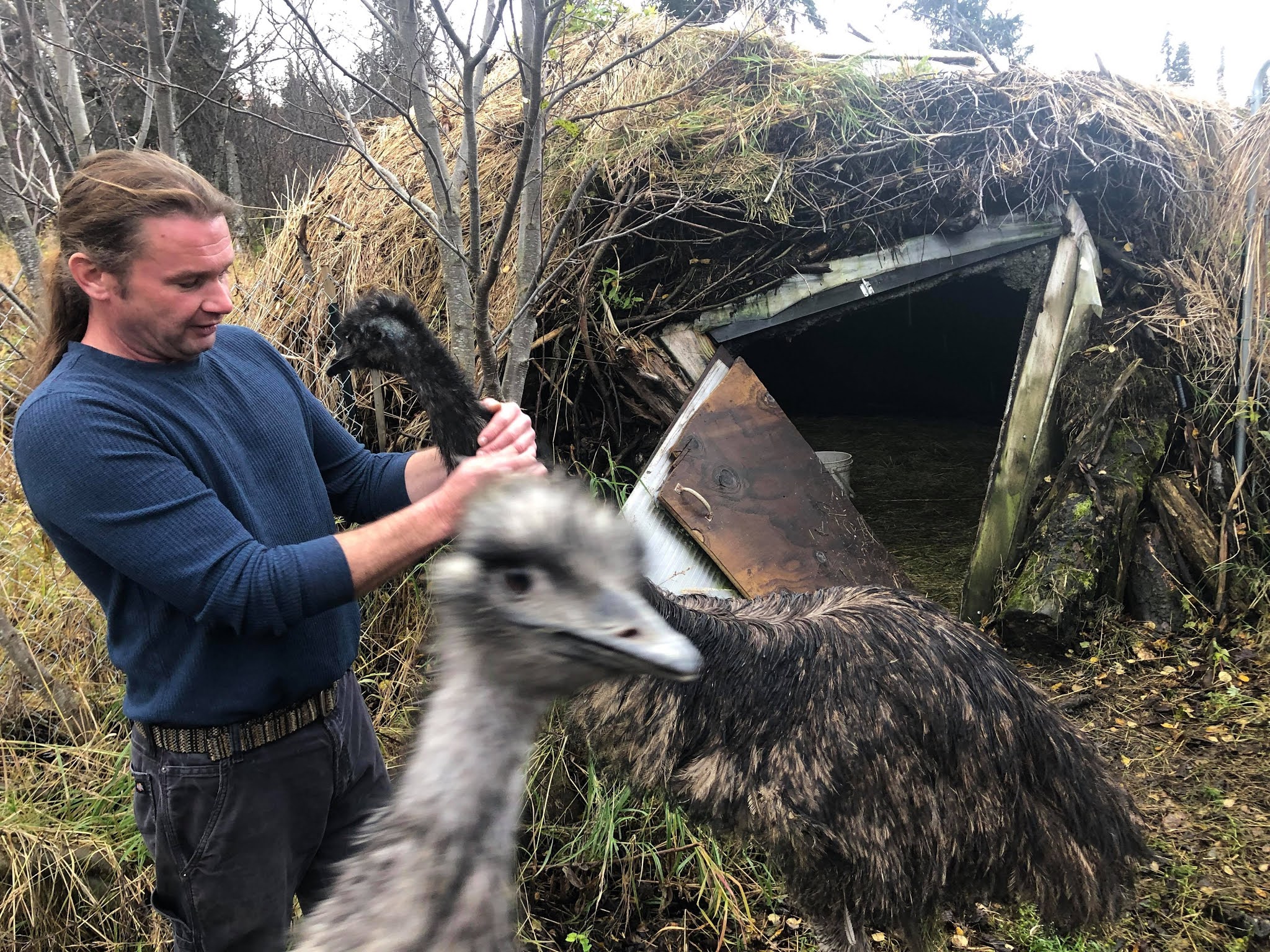
This is a story of one man attempting to deal with the machine known as the State of Alaska. We who have lived a long time in Alaska know this machine well because it creates dependency while asserting to promote Alaskan independence. The contrast can be striking.
Pike Ainsworth lives in Anchor Point, near Homer, and has a typical Alaskan story of coming here
after high school in Michigan to pursue his dream of living an independent life using his skills, abilities and natural resources of the area for creative food sustainability. We met at his cabin and Pike showed me some of the results of his endeavors. Readers will be able to determine if what he has been dealing with from the Alaska Department of Fish and Game (ADFG) is reasonable.
The Alaska Challenge
First, let’s look at the big picture:
Previously many Americans have considered development of the west, and Alaska, as only noteworthy since arrival of settlers. One notable historian, Clyde A. Milner II has revitalizedthis view as having continuity with aboriginal peoples before arrival of American settlers in the 1840s, when western development was dependent upon Eastern U.S. capital and Eastern culture.[1]
Upon statehood Alaska formalized its longstanding economic, political and cultural dependence upon the United States of America, but formation of a state meant we are additionally subjected to a new state bureaucracy.
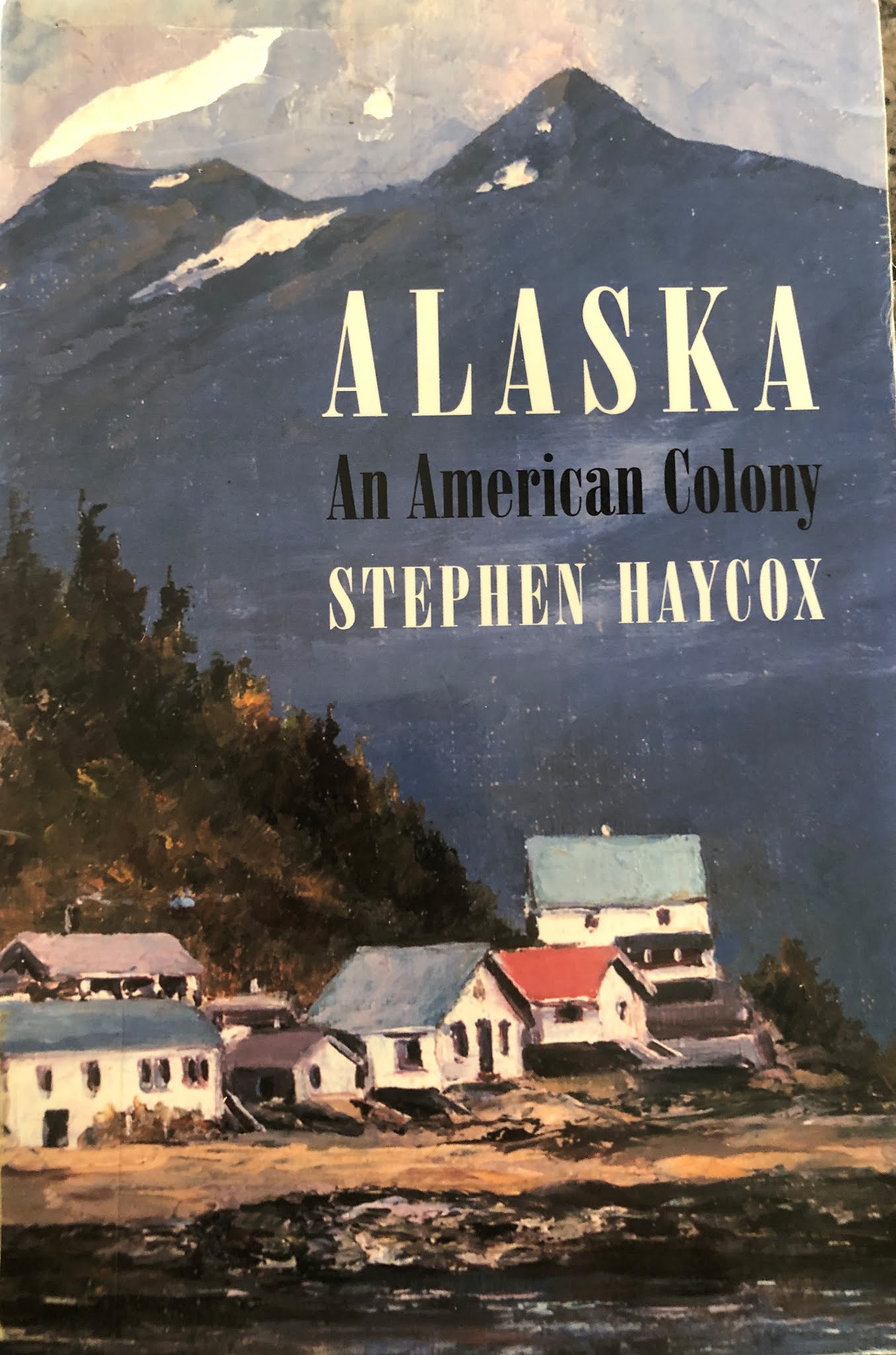
Alaskan Historian, Stephen Haycox describes our marriage to the US this way:
In Alaska few issues have generated as much anger as federal sovereignty, federal land management, and environmental regulation. Many Alaskans imagine themselves to be less dependent than other American citizens, and they view themselves as more individualist and more protective of their personal freedoms than other Americans.But this same conviction of self-reliance also characterizes most parts of the American West, where an imagined history of mythic proportions helps to authenticate belief in the existence of, and membership in, a heroic society.
These and other commonalities suggest that Alaska is an extension of the American West, not an exception to it, and thus should be viewed as part of it. Alaska history is thus another chapter in the history of the American West.[2]
Dr. Haycox further explains:
The American period of Alaska’s history is best understood in a colonial context, as is the Russian period. Alaska also shares this with the other states of the American West. Political and economic colonialism characterized Russia’s tentative and impermanent grasp of Alaska, and it has also characterized America’s relationship with the region. Dependence is the central element in Alaska’s colonialism. Alaska’s economy has been dependent on investors from outside the territory because the capital to develop regional resources has not resided in Alaska. But the only resources in the region are natural resources: hard rock minerals, fish, timber and forest products, and petroleum and natural gas. Only investment in exploitation of those resources has provided jobs in Alaska, and the non-Native, immigrant population has come to Alaska for jobs, not for subsistence.[3]
So, shouldn’t the State of Alaska be promoting endeavors which provide opportunities and encourage sustainable living for residents? Ainsworth believes he has experienced the
opposite as federal agriculture agencies encourage his experimental agriculture endeavors while the State of Alaska plays the Chicken Dance song.
One Man’s Innovation
I grew up on a dairy farm in Michigan so I always had animals around and helped my grandfather take care of the farm, growing crops and raising livestock, explained Ainsworth in distinct
elocution. When I got up here in 1999 I noticed that there isn’t too much agriculture going on, so I started trying to think of new ways I could do stuff here that is energy efficient to sustain myself, local agriculture like Delta Barley and other local plants like nettles and dandelions, to feed livestock.
To do this Ainsworth needed structures, and he experimented with what might work best.
I started building geodesic domes, created a geodesic greenhouse, he continued. I researched stuff they are doing with “aircrete” and created a geodesic aircrete dome structure that
stays fifty degrees inside even after a week of minus 20 temperatures. As I experimented,
I decided to try to build a geodesic dome I could grow food in, too. By covering it with compost and grass and sticks; the compost generated heat which even warmed up the aircrete dome more during winter. It stays cool in the summer and now I have raspberries growing over the top of it.
Plenty of Alaskans do this, growing raspberries and making jams. Pike has gone further. But can he grow enough to sustain himself on a parcel of land near Kachemak Bay?
He says the prospects are promising.
I raise all kinds of crops; I researched plants at this latitude all around the planet, since whatever grows in this temperature range anyplace else will grow here, Pike continued. So I started bringing stuff in. I’ve got Haskap Berries, Saskatoon Berries, Siberian Pea shrubs, Kyrgyz Red Goji Berries, Blue Aronia from Sweden, wild rice—I got the wild rice from Minnesota. I actually have wild rice growing in my wetlands up top–which also feeds wildlife up there. I have Russian Orange Sea Berry, which is a sea buckthorn shrub that makes a pinky sized berry that contains the same fats as salmon. It also makes nitrogen in the soil, so I have some of those here.[4]
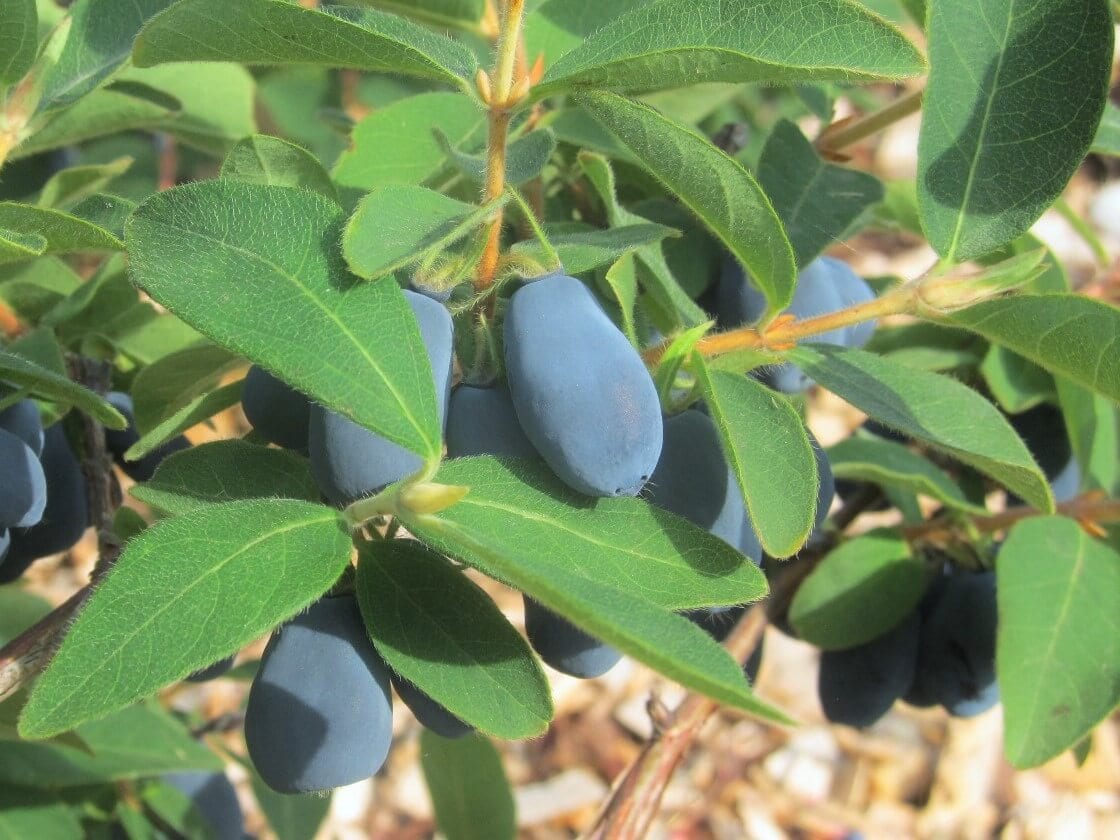
Haskap Berries
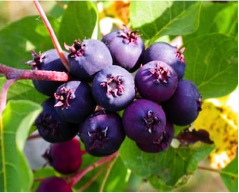
Saskatoon Berries
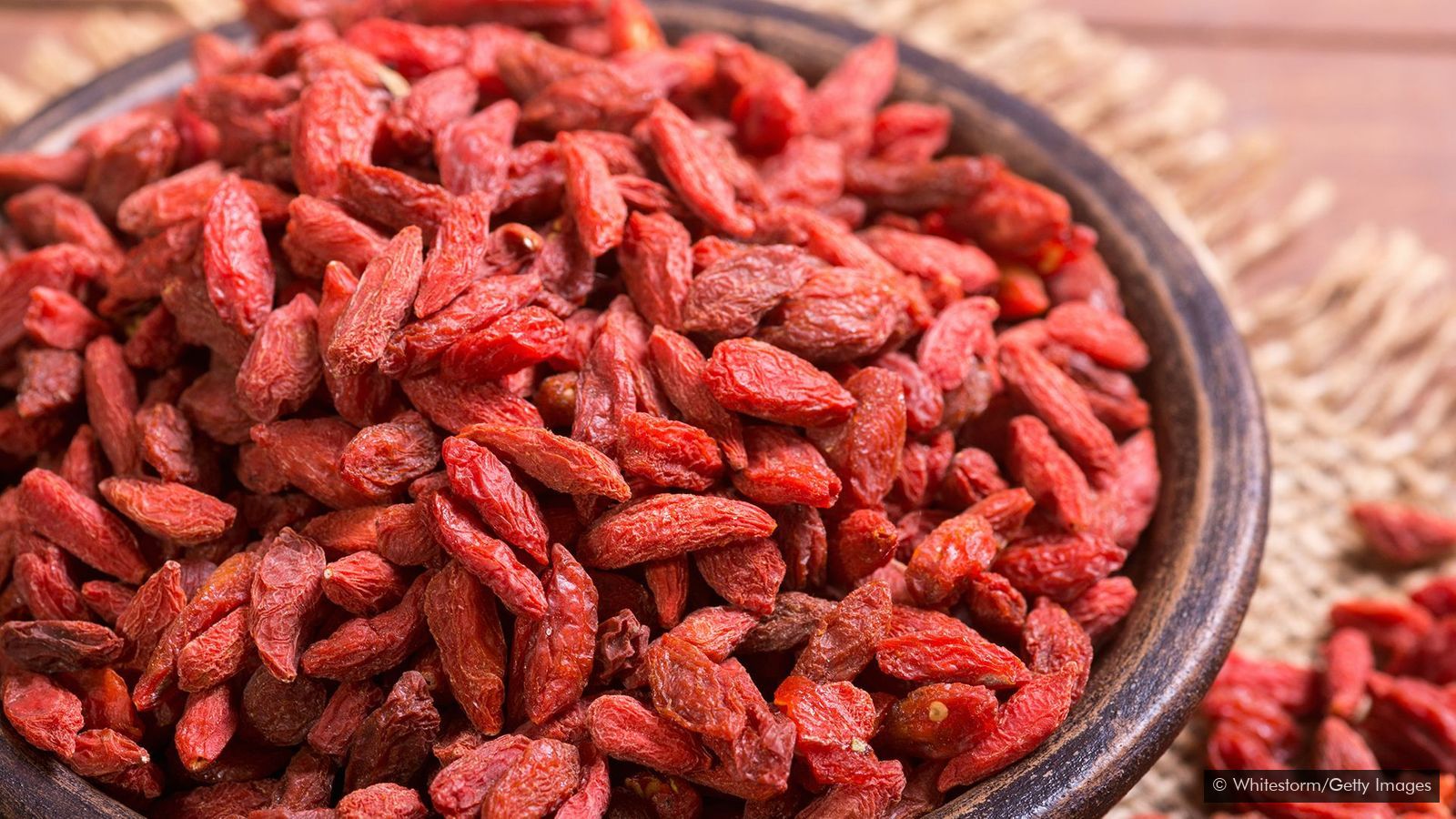
Kyrgyz Red Goji Berries
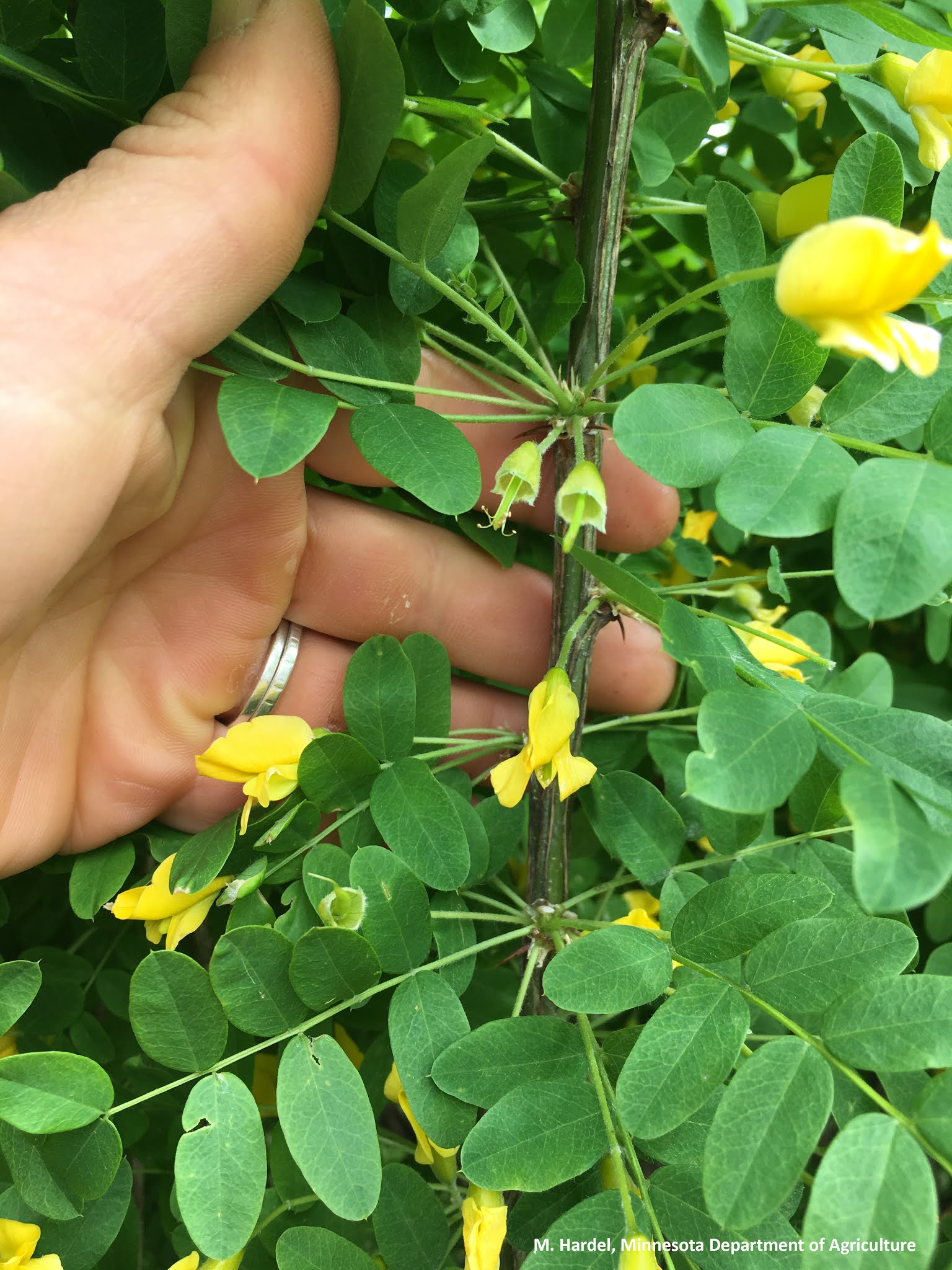
Siberian Peashrub
Pike clones wild mushrooms in logs, so he has producing mushroom logs on his property. “They are doing really good, he adds. Also, all kinds of raspberries–red and gold–apples,
cherries.
Fruit trees?
I came up with a system for growing fruit trees, Ainsworth explained. I realized the ground gets pretty cold here for trees to send down their main rootstock, so I will dig a hole and put blueboard at the bottom–with compost on top of that to trick the taproot to go laterally instead of straight down–to keep it shallow enough so I can actually grow stuff that normally isn’t grown here. I have some big cherry trees over there that should probably start fruiting next year.
Ainsworth also raises and sells eggs from quail, chickens, turkeys, and guinea fowl. He would also like to raise and sell emu but that’s where the State of Alaska machine has ground him down after he applied to the Alaska Board of Game for a permit to raise emu for commercial purposes.
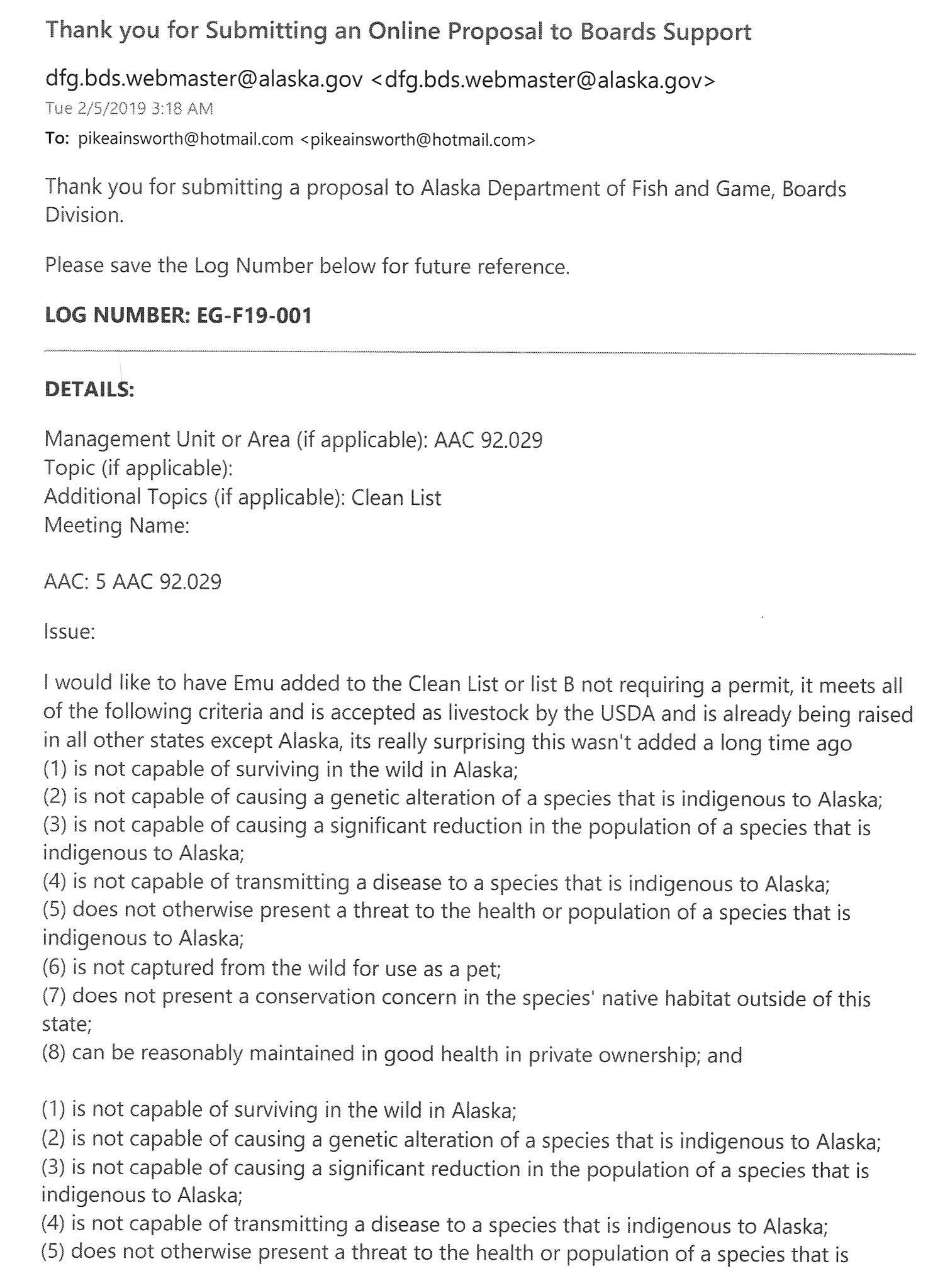
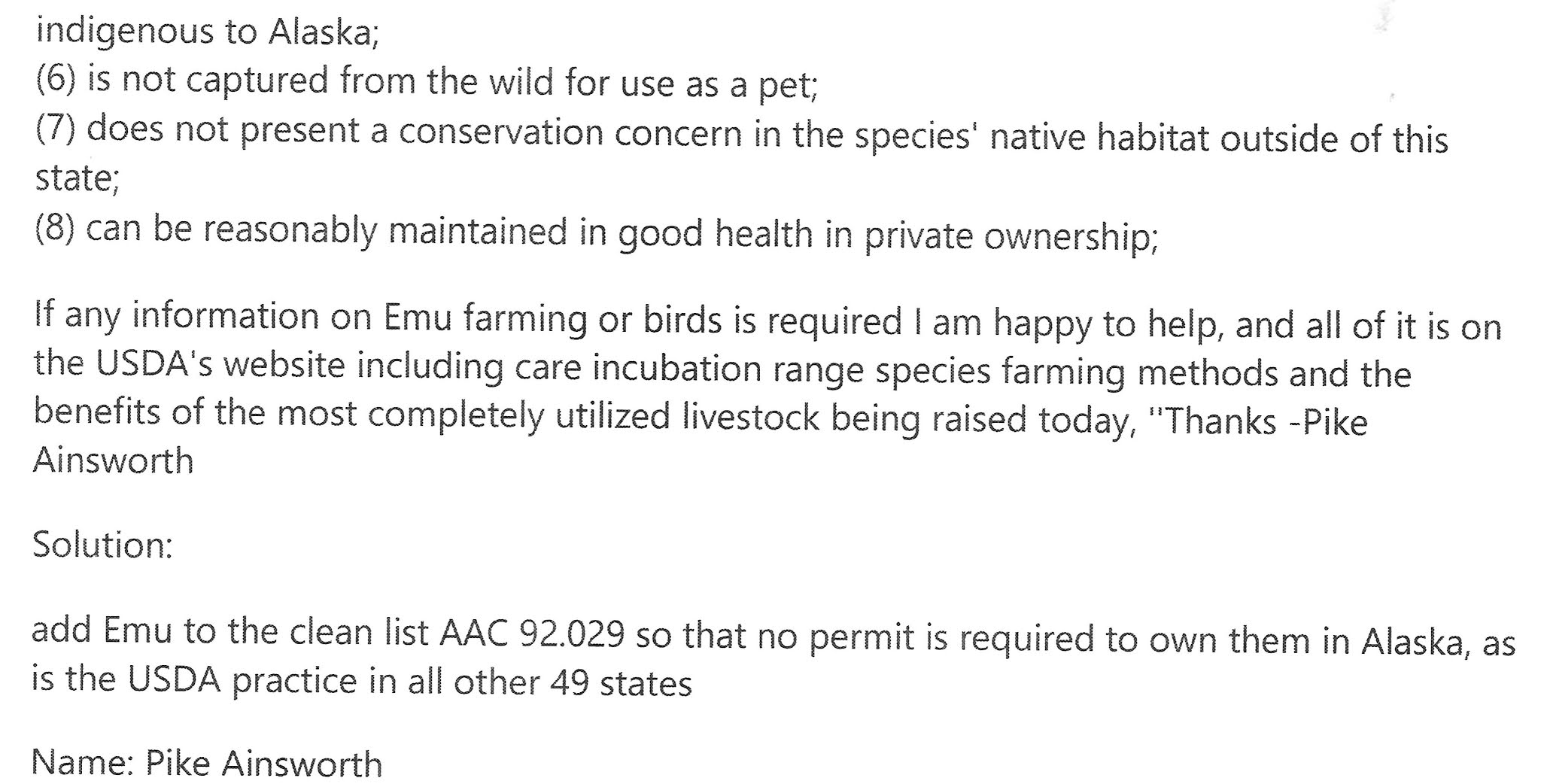
Immediately Ainsworth received word from state permitting biologist Tim Spivey that: If a species is
not listed on the clean list and not cleared by the Office of the state veterinarian, then we do not have a permit we can issue. Otherwise these things take time, but if you’re interested in submitting a proposal to add Emu’s to the Clean List, you can submit an agenda change request or you can petition the board” (of game).
Yeah, that’s right. You need to ask permission for something allowed in every other state in the United States. This is the State of Alaska, remember?
The Alaska Department of Fish and Game Clean List includes 31 species of birds including swans, peafowls, pheasant and Junglefowl, which are found naturally only in India, Sri Lanka and
Southeast Asia. Among reptiles on the Clean List are alligators, crocodile, nonvenomous lizards, snakes or turtles.[5]
In his response to this initial run-around, Ainsworth became petulant: I contacted the Biologist…and
was told I could not get a permit because it’s not on the Clean List, but if it was not on a clean list I wouldn’t need a permit, by law I am supposed to be able to get a permit or have it listed on the clean list, not being able to provide any solutions isn’t an acceptable option in this matter, and I am not getting any help, there are zero farmers on the board of game that means farmers have zero representation, therefore they must add farmers to the board of game, or take up farm related issues separate from Game or fish issues, I am going to contact the USDA and a lawyer and show them these laws as I don’t believe they are Constitutional, would just like them listed but I can see there is complete resistance by all those officiating these laws to come up with a reasonable
solution.
Response from Executive Director Kristy R. Tibbles February 4 was information that the Board of Game could add emu to the clean list at its upcoming meeting May 1 if Ainsworth submitted a proposal timely so they might consider it. Her next communique May 24, 2019 was infuriating to Ainsworth:
Dear Mr. Ainsworth,
I am sending this email to let you know I have received your proposal to the Board of Game asking to ad Emus to the “clean list” and the Agenda Change Request asking the board to add this topic to their schedule for the upcoming meeting cycle (2019/2020). The Agenda Change Request (ACR) will be scheduled for board consideration following the November 1, 2019 ACR deadline. During that meeting, the board will evaluate the ACR to determine if it makes the criteria under the ACR policy under AAC 92.005. If the board determines it meets the criteria and accepts it, it will then be added to the meeting agenda for either the January or March 2020 meetings. If it is not accepted, the process is to submit a proposal for the Statewide Regulations meeting which will be held early 2021. The proposal you already submitted does not meet the board’s Call for Proposals for the 2019/2020 meeting cycle and therefore will not be included in the board’s proposal book, (emphasis added) but I will retain it for the following year so it’s not necessary for you to resubmit it.
The gist seems to be: “your proposal was deficient but you can resubmit it for the next meeting.”
Ainsworth’s response was, in part: I’m hoping to get emu on the clean list of poultry to own in Alaska, they already are in every other State in the US and are considered poultry by the USDA who provides services to emu farmers.
According to USDA the meat of ostriches/emu has a gourmet market. With a texture and color similar to beef, it is low in fat, calories and sodium. It has fewer calories, less fat and less
cholesterol than beef, chicken or turkey. It also is a good source of iron and protein. Ground ostrich sells for $10.35 per pound, and ostrich filet steaks sell for $24.90 per pound.
The 2012 Census of Agriculture notes that 258 farms raised 6,540 ostriches and marketed about 3,141. This is a dramatic decrease from 2007, when 714 farmers raised 11,188 ostriches and marketed about 5,697. This continues declines from 2002. Texas, followed by
California and Kansas, are the top three states in ostrich production. Texas is also number one in the production of emus, followed by California and Florida.[6]
Time to Step up to Emu possibilities
Like a lot of Alaskans are inclined to do when dealing with the State of Alaska machine, Ainsworth began a campaign. He tied up a lot of state workers in various agencies with emails, charges and nonproductive interactions. His comments and some 74 statements of support for adding emu to the Clean List were removed from ADFG public comments.
Ainsworth sued the Commissioner of ADFG, Douglas Vincent Lang, in small claims court (Case
No. 3HO-20-00013 sc). When Homer Judge Siefert Bride took the side of State attorneys Ainsworth filed a complaint with the Alaska Commission on Judicial Conduct for Constitutional Rights violations.
In a September 30, 2020 letter from special assistant to the commissioner, Rick Green, Ainsworth was informed that Due to your recent and repeated threats to litigate against ADF&G employees, your requests for documents related to Official ADFG pages he was blocked from are denied because requests for documents related to litigation are to be made under court rules.
Tit for tat and Alaskans are being denied access to a potentially valuable source of protein.
That is how the State of Alaska machine works. You want something? Let’s see if you can persevere to get it.
Come on guys, listen to Big Bird:
In the spirit of cooperation, Rick Green has provided the following email clarification on the status of Pike Ainsworth’s application to the Alaska Board of Game.
This could end well!
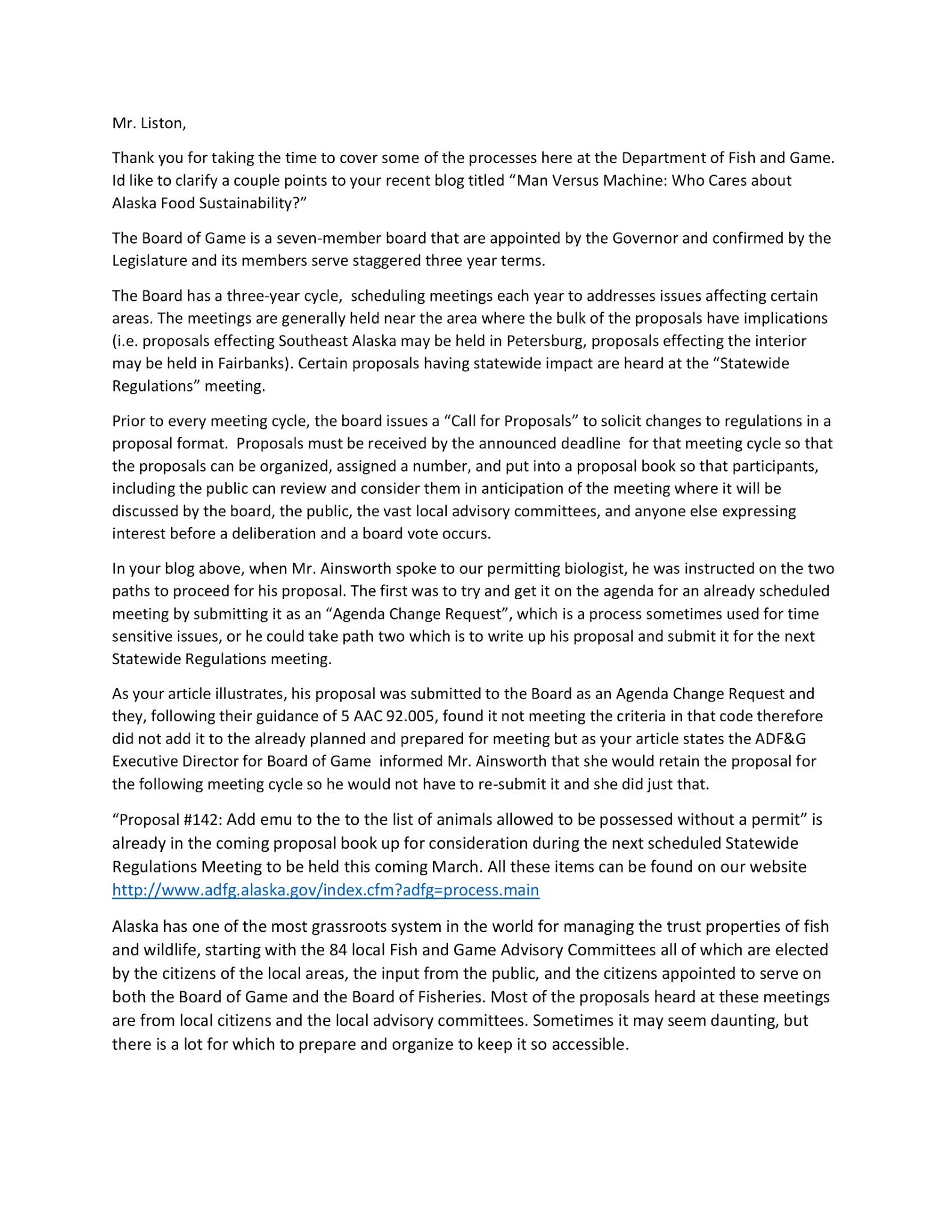
References:
[1]Clyde Milner II, Oxford History of the American West, (New York: Oxford
University Press, 1994)
[2]Stephen Haycox, Alaska an American Colony, (University of Washington Press, 2002)
p 162.
[3]ibid p 164
[4]Plant References
Haskaps (also known as Honeyberries) are easy-to-grow, delicious and hardy. https://orchardpeople.com/how-to-grow-hascap-berries-also-known-as-honeyberries/
Saskatoon Berries
http://saskatoonberryinstitute.org/saskatoons/
Siberian Peashrub
Kyrgyz red goji berry
The goji berry has been called the “red diamond” as it’s thought to have anti-ageing powers (Credit: Whitestorm/Getty Images)
http://www.bbc.com/travel/story/20200226-the-berry-that-keeps-asia-looking-young
Russian Orange Sea Berry
[5]Alaska Department of Fish & Game Clean list
[6]Agricultural Marketing Resource Center
